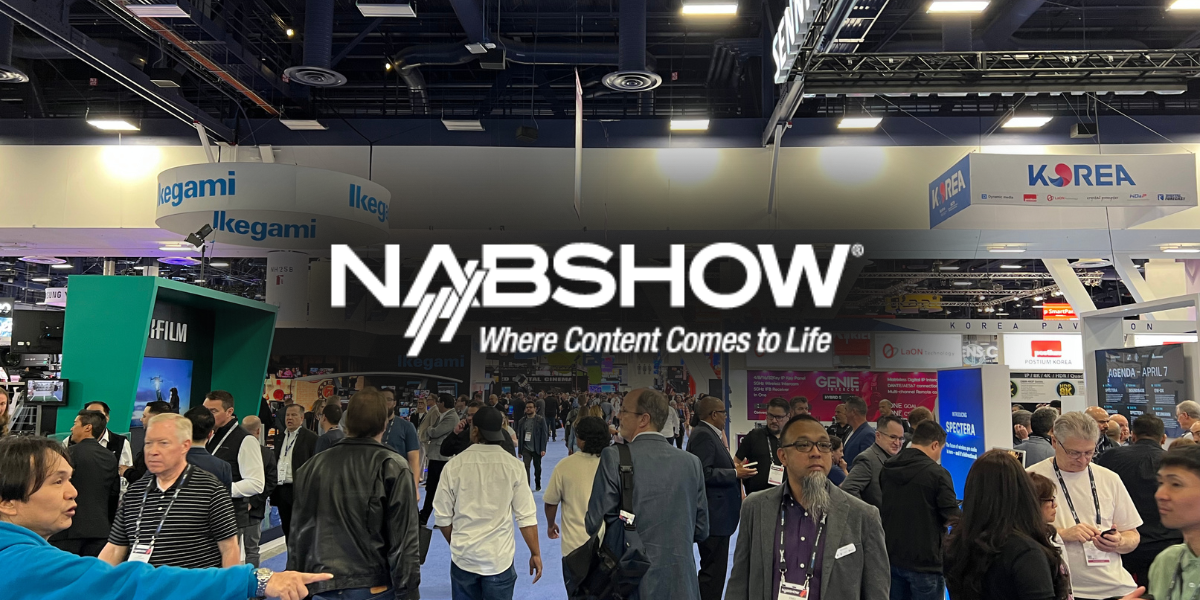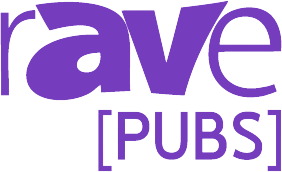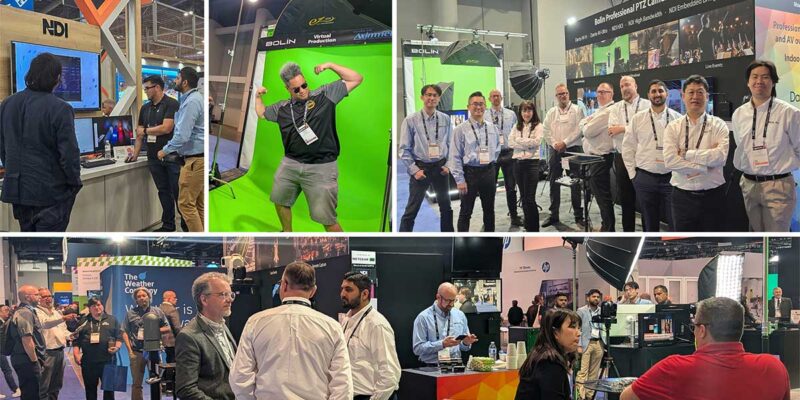NAB Show 2025 — A Tale of Two Events: Broadcast and Not Broadcast

If you’re looking for a comprehensive recap of all the products and software suites announced at the just-completed NAB Show – this article ain’t it. Plenty of people (including the team here at rAVe) have already covered the press releases and booth announcements.
For many years now – including this one – the NAB conference has been in search of a cohesiveness that’s been lost to the evolution of the industry. Shoulder-sized (and larger) camera shootouts, huge pedestals, massive displays, video switchers, and video processors – basically, hardware – were once what NAB was all about. Yes, you could still find some of that on the show floor this year, but it’s no longer the majority.
A few years ago, the National Association of Broadcasters tried to rebrand with the marketing term “BroaderCasters.” It was meant to signify that the industry had grown beyond traditional broadcast television to include cable, streaming, and content creation of all kinds. And today, you’d be hard-pressed to find an NAB booth dedicated solely to broadcast television.
When HD video capture moved from high-end cameras and digital recorders to the iPhone in your pocket, the industry changed – permanently. Sure, professionals still level up their gear with better accessories than what the average person uses. But assuming that gives them immunity from the kid next door with an iPhone and an eye for storytelling? That’s a mistake.
When my partner Dave Michels and I shoot videos at a conference, he uses his DJI Osmo Pocket camera. (That company was showing off some cool gear at NAB, as was their competitor Insta360 just a booth or two away.) I use my original iPhone SE – a device I stopped using for calls over five years ago – and it still shoots high-quality video. Do Dave’s videos look better? Maybe. But does anyone care about the difference in quality if the shot is stable and the audio is clear? Not really.
Back in the 1990s, when I worked for Bloomberg Television, Mike Bloomberg bought some of the first Hi8 camcorders – about the size of a paperback – and handed them out to reporters. Industry pros scoffed at the idea that these “low-quality” cameras could replace a proper broadcast crew. But as Mike reportedly said at the time (as best I remember it), ‘If some world leader offs himself and our reporter is there, we’ll have the video no one else will.’ He wasn’t wrong about the direction video – and later social media – was headed.
As the engineer in charge of the Bloomberg TV plant back then, I used to put it this way: “Today’s news is tomorrow’s garbage. Sometimes it’s even today’s garbage.” The need for ultra-high-end acquisition equipment was already fading – and that trend has only continued. People are fine watching shaky phone clips and choppy video conference feeds. If you can see it and hear it, Spielberg quality is not required.
That brings me to a story I was reminded of at NAB – the one about Pure Digital Technologies, the company behind the Flip Video camera. Back in 2001, they launched a $20 single-use digital camera sold at pharmacies like CVS. Customers would return it for prints and a CD of their photos. It flopped. But Pure Digital learned from the experience: consumers wanted simplicity and affordability, not high-end specs. So they pivoted and launched the Flip Video camera – basic, compact, user-friendly, and wildly popular. It was the poster child for the “good enough” revolution.
That’s the same energy NAB is wrestling with now. Is the show for traditional broadcasters? Or for the entertainment industry at large? Or the corporate comms world? Amateur content creators? All of the above? If the show doesn’t know, how can potential attendees decide whether they should go? Is NAB a broadcast conference or a content acquisition and management conference? Right now, it doesn’t really know.
But I’ll tell you what it didn’t include – and that’s a victory in my book: not one person said the word “Agentic” all week.
The AI discussions were grounded and ethical: If I hire an actor to deliver a line in English, and AI can seamlessly translate and lip-sync it into every other language, should I? Even if I have the actor’s permission and have paid for the rights, should I? Those were the kinds of AI conversations we had. Not a single mention of automatic meeting summaries. It was refreshing – especially for a BroaderCaster like me.





